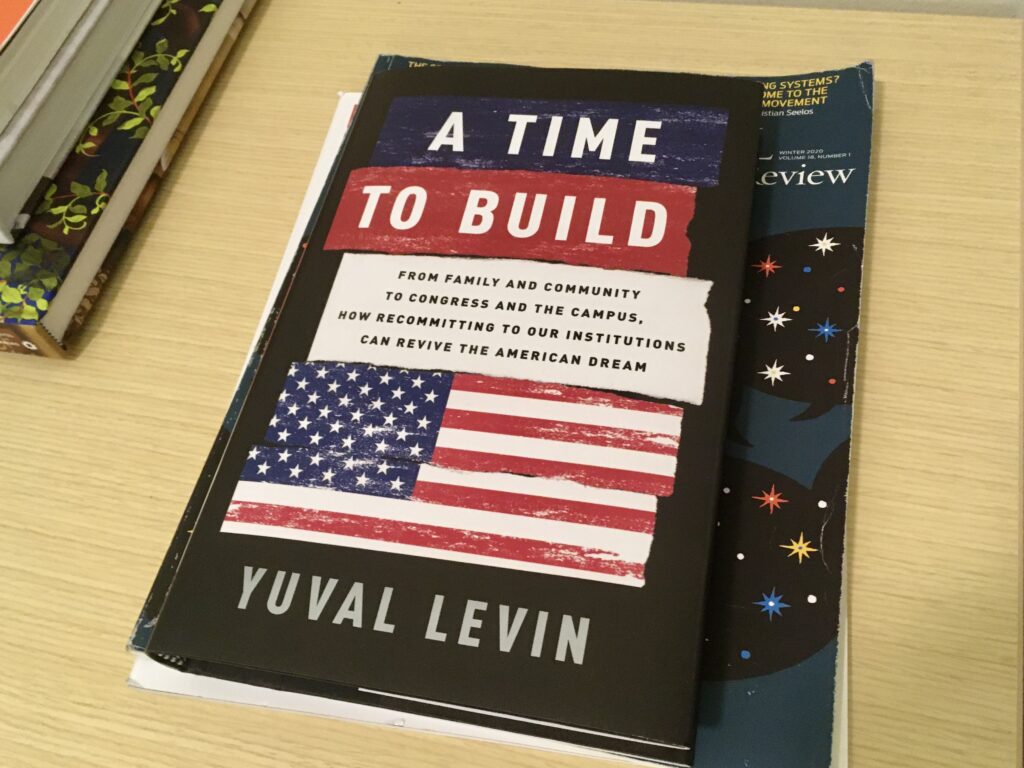In the two years that I have been executive director of CultureSource (and thereby a leader of an association of organizations), I have needed to articulate the roles and values of institutions. Examples of institutions include U.S. Congress, Wayne State University, libraries, marriage, Zingerman’s Deli, Vernors, established nonprofit arts and culture organizations, etc.
My questioning of how institutions function in society and exist as complements to individuals has been stoked lately. For instance, our internal work at CultureSource with the young leaders of CultureMakers has involved us collaboratively crafting a statement on culture that cites key roles institutions have in advancing and maintaining culture.
During an NPR Morning Edition interview last week of Yuval Levin discussing his new book subtitled, “…How Recommitting to Our Institutions Can Revive the American Dream,” I was again invited to ponder how I might advocate for arts and culture organizations in our society with a better understanding of their characteristic institutional needs. (I was also compelled to purchase and begin reading the book this weekend too.)
And in an affirming moment of thought alignment, in Sunday’s New York Times, journalist Ginia Bellafante’s article “The Invasion of the Ghost Shoppers” describes how it is becoming less and less likely that she will have chance interactions with her neighbors at grocery stores and cafes as “the incursion of technology into every aspect of consumption has meant that only the indolent or pathologically tolerant wait for things”
Bellafante goes on to say, quoting various researchers, that physical spaces and organizations offer important opportunities for “informal sociality” that shapes our human interactions and maintains civic engagement and civility.
As I am 45 pages into Levin’s book on institutions, I sense him making a similar argument about the opportunity to both become more aware of how institutions function in our society, even how they anchor culture, and how we might think about supporting their continual renewal, lest they become stale, corrupt, or harmful.
So, how can communities preserve their institutions while pushing them to adapt to contemporary needs? My answer is a temporary non-answer. I am not ending this post with my own definitive opinion on institutions; rather, I end with an invitation for you to join me and our CultureSource staff in examining contemporary culture and historical perspectives to find strategies for the individual and institutional treasures of our communities to flourish.
I plan to write more on institutions when I finish and reflect on Levin’s book, when we publish our first draft of CultureMakers’ statement on culture, and as we explore civic engagement thematically during our CultureSource biannual member meeting in mid-March.


